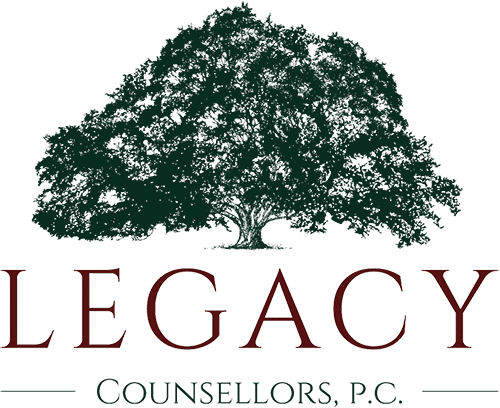 Estate plans and the legal documents of estate planning are actually more for the living—the survivors—as they are for those who die. Planning for incapacity, illness and death will make difficult times and decisions easier for those you love.
Estate plans and the legal documents of estate planning are actually more for the living—the survivors—as they are for those who die. Planning for incapacity, illness and death will make difficult times and decisions easier for those you love.
It is natural that you’d rather plan a fun family vacation than your funeral. But while your family will enjoy the memory of family vacations for years to come, they’ll also remember if you leave them without the protection of an estate plan. Studies show that as more than half of Americans die with no will or estate plan in place. That involves many families who must cope with not just grieving the loss of a loved one, but the financial and legal burden of untangling an estate.
Kiplinger’s recent article, “How Wills and Trusts Work, and Where to Start,” suggests that you think of estate planning in two basic categories: the death side of legal documents and the living side of legal documents.
First, if you don’t have a will, you will die “intestate.” The state’s laws will determine who gets your property. The second and far better option is drafting a valid will with the help of an estate planning attorney. Don’t try to create a valid will on your own. The details are too important. A will must go through probate. While some people may contend that probating a will isn’t a big deal in their state, it may be a big deal depending on your circumstances.
What about trusts? The purpose of a trust is to avoid probate and make it easier on the remaining spouse and heirs to settle your affairs. A revocable living trust can be an excellent choice. Part of this includes having the names removed from the assets and retitled into the name of the trust. The grantor (creator) of the trust is still in control as the trustee. The trust “owns” the assets, but you still make all the decisions for assets in the trust.
A trust isn’t the solution in all situations. A will is perfect for families who don’t own a home or any real property assets. Banking accounts or investment accounts have to be distributed. You usually make those P.O.D. (pay on death) or T.O.D. (transfer on death) accounts to simplify things.
The “living documents” are valid while you are living and they die when you do. These living documents create a list of people in order of those you want to make decisions on your behalf if you are incapacitated. The documents protect your family from having to go to court to be appointed your legal guardian, which can be expensive and time-consuming. The basic living documents are:
- Durable power of attorney for finance;
- Medical power of attorney with a HIPAA waiver;
- Living will;
- Guardianship document for adults, which appoints a guardian of your person and a guardian of your estate;
- Declaration-of-intent document stating that you intended to put all your titled and non-titled assets into your trust; and
- Certificate of trust stating the trustees and successor trustees.
Most people don’t want to leave their families with an expensive, stressful and time-consuming mess. However, procrastinating because they don’t expect to die soon (even in their 80s!) or they’d rather not deal with their mortality, can lead to an added layer of hardship for your family. Set up an appointment with an estate planning attorney today. Your family will be grateful that you did.
It is never too early to create an estate plan, but it can be too late. Please contact our office today to discuss the many options available in creating an estate plan.
Reference: Kiplinger (May 2017) “How Wills and Trusts Work, and Where to Start”
